AUGUSTA — Like the soldiers stationed there in the 1700s — their cannons aimed out blockhouse windows toward the Kennebec River, awaiting an enemy attack that never came — Old Fort Western historical interpreters are at the ready, offering slightly modified tours to visitors, but so far not getting many guests during the ongoing pandemic.
The historic city-owned fort on the banks of the Kennebec River is one of the seemingly few tourist destinations or museums still open in central Maine during the coronavirus pandemic, having reopened June 1 with many other city operations. Due to the pandemic, however, the fort is open fewer days a week and there are new directions for visitors to follow in order to stay within pandemic safety guidelines.

A fleam, a tool used for bloodletting, is on display Saturday at Old Fort Western in Augusta. Joe Phelan/Kennebec Journal Buy this Photo
The changes include restrictions on the size of groups touring the facility, requirements that visitors maintain a safe distance from each other, limitations on visitors being allowed to roam freely around the site, and only being open Friday through Monday versus — normally this time of year — being open every day of the week.
But perhaps the biggest change is there just aren’t very many people coming. Saturday morning there appeared to be only a handful of visitors.
“Our numbers are certainly not what they were last year, we’ve definitely taken a hit this year” from the coronavirus pandemic, said Cathy Chapman, a senior staff member and museum educator at the 1754 fort. Its website describes it as the oldest surviving wooden fort in the country. “And we’re almost the only game in town.”
Chapman said so far no visitors have objected to the new pandemic-related guidelines, which include wearing masks while in the main building at the site.
“Everybody has been really happy we’re open and able to share history with them,” she said of the reduced number of visitors who have come to tour the fort that was later converted into the area’s first store.
The fort canceled its usual summer youth apprenticeship programs out of concern they would put children in close quarters and not be conducive to so-called social distancing requirements.

Original Howard family chairs in the parlor during a tour Saturday at Old Fort Western in Augusta. Joe Phelan/Kennebec Journal Buy this Photo
So with some newfound time on their hands, staff are adding new, period-correct, features to the old fort, including a forge and blacksmith shop under construction now and, as soon as that’s done, an outdoor bread-baking oven with a mud-and-straw dome similar to those used in the 1700s. During the hot summer months, the fort’s residents wouldn’t have wanted to fire up the “beehive” brick oven inside the house because it would heat the place up too much.
And plans also include adding a second floor to the fort’s north blockhouse, which is only one story but originally would have been two stories so soldiers could see out over the fort palisades to watch for trouble.
Those efforts are being led by area resident Jeff Miller, a blacksmith and expert in historic building who also built, a few years ago, the fort’s sunken powder magazine.
Stan Novak, a senior museum educator, said the blacksmith shop will be operated once its construction is complete. The fort’s original blacksmith shop was inside the historic main structure, but the new one will be in a new structure next to the main building. The relocation is both to avoid having to make significant renovations to the main structure, and to avoid the risk of the working blacksmith shop forge causing a fire in the historic structure.
Novak said the fort was built by the British for the French and Indian War, to supply Fort Halifax 18 miles upriver in Winslow, and defend the area from French forces in case they came up the Kennebec River. That attack never came, as the fort was never directly attacked.

While leading a tour Saturday, Stan Novak talks about bed chambers at Old Fort Western in Augusta. Joe Phelan/Kennebec Journal Buy this Photo
Novak said major reasons the fort never came under attack are the two 600-pound cannons on the upper floor of the fort’s main blockhouse, capable of firing four-pound cannonballs up to a mile. Also at the ready in the blockhouse were shorter-range ammunition for the cannons, including chain shot, which was two cannonballs chained together which could take out a ship’s mast; bar shot, which was two cannonballs attached to a bar which would spin and “take out anything in it’s path”; and grapeshot, bumpy metal projectiles which could be shot to take out ship sails and rigging.
“The French were wise enough not to bring muskets to a cannon fight,” Novak said of Fort Western never facing attack.
The main fort building’s 12-inch thick walls were built from hand-hewn timber cut in the Richmond area and floated upriver to what is now Augusta, Maine, but was then part of Massachusetts. Novak said it was erected in 11 days, by some 100 carpenters.
Admission to the fort is $10 for adults, $8 for senior citizens and veterans, $6 for children 6-14 and free for children, active military personnel and Augusta residents.
Novak said he’d like to see more Augusta residents, some of whom may have never been to the fort, come check it out.
Most special events at the fort were canceled this year due to the pandemic but it did host Fourth of July activities and plans to host a modified French and Indian War reenactor encampment in August.
Send questions/comments to the editors.


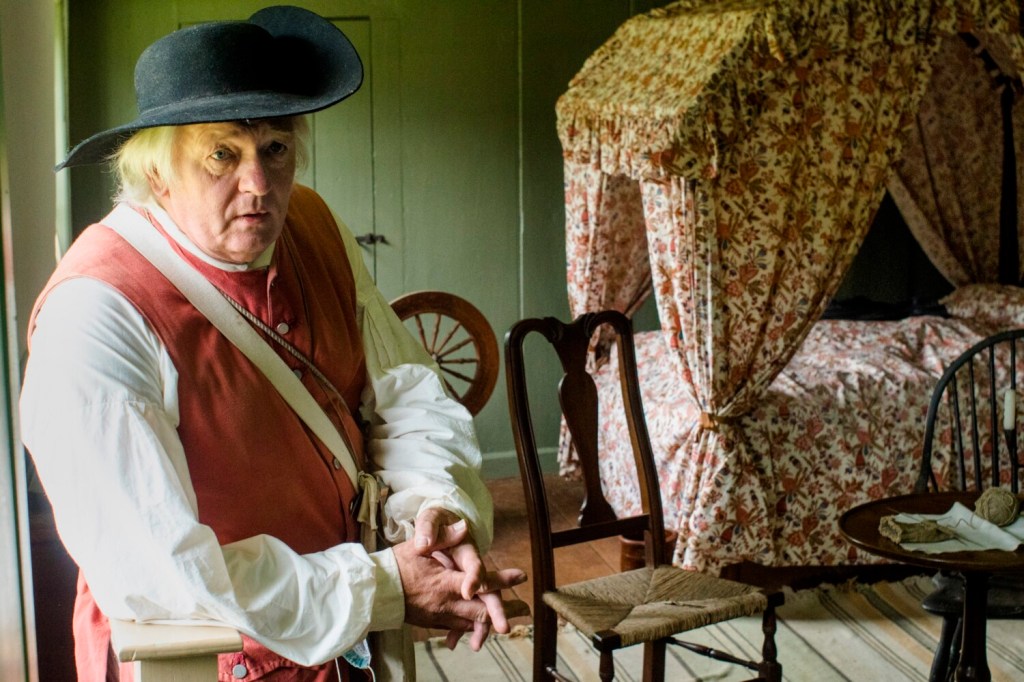
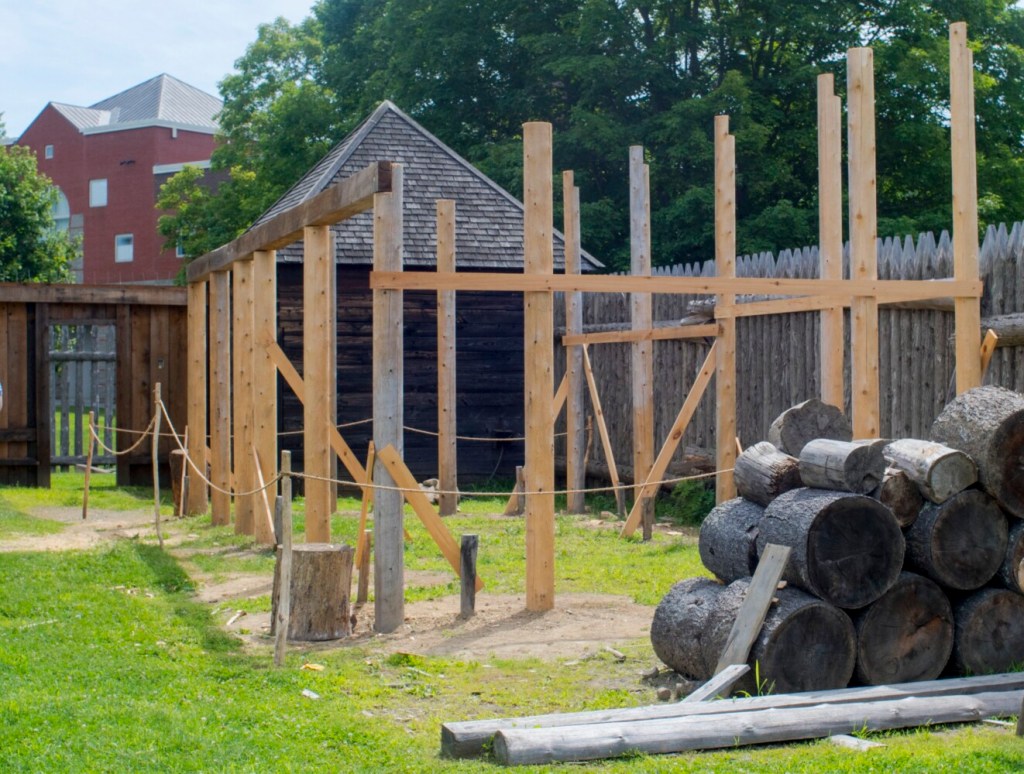
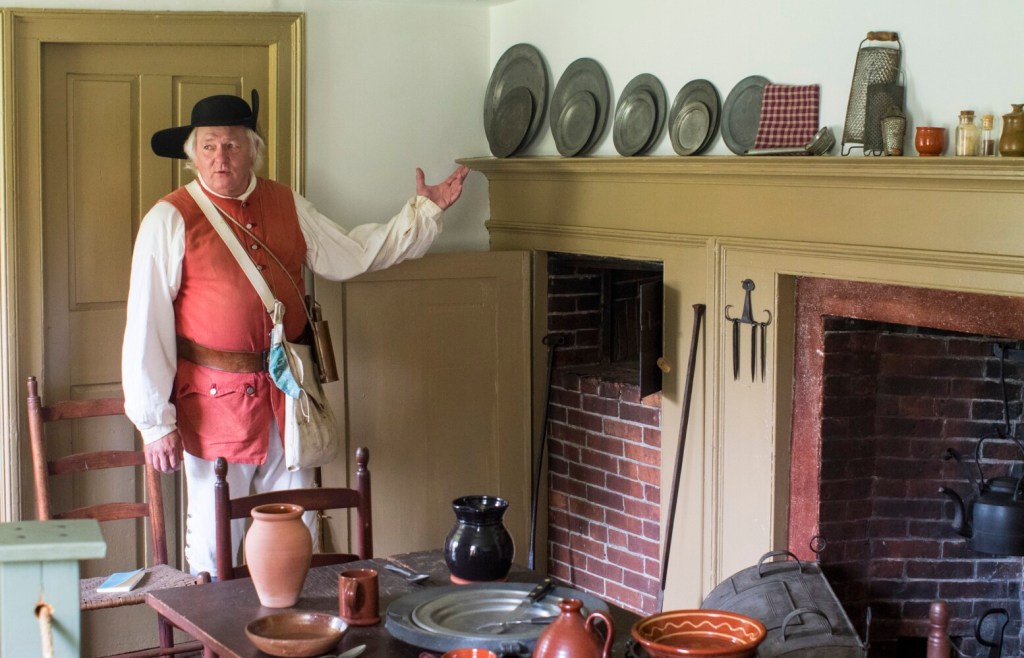
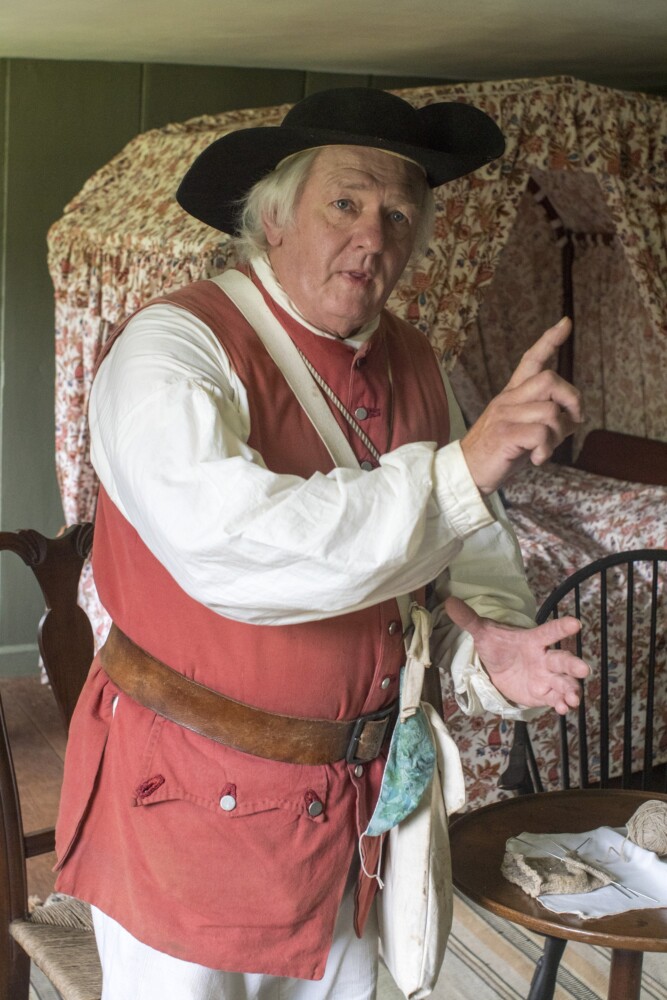
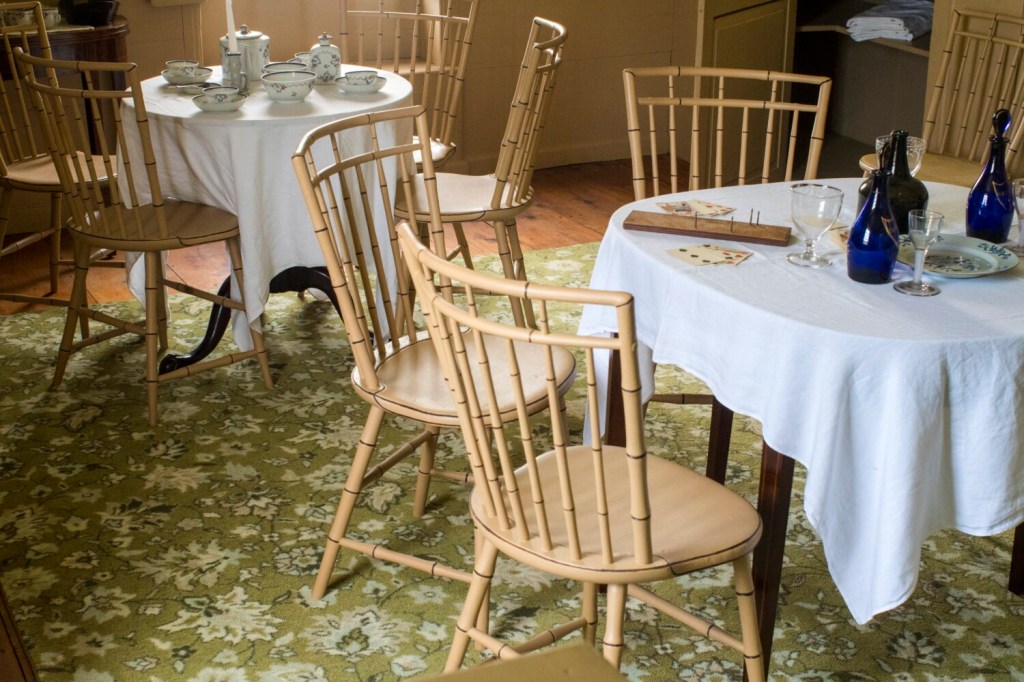
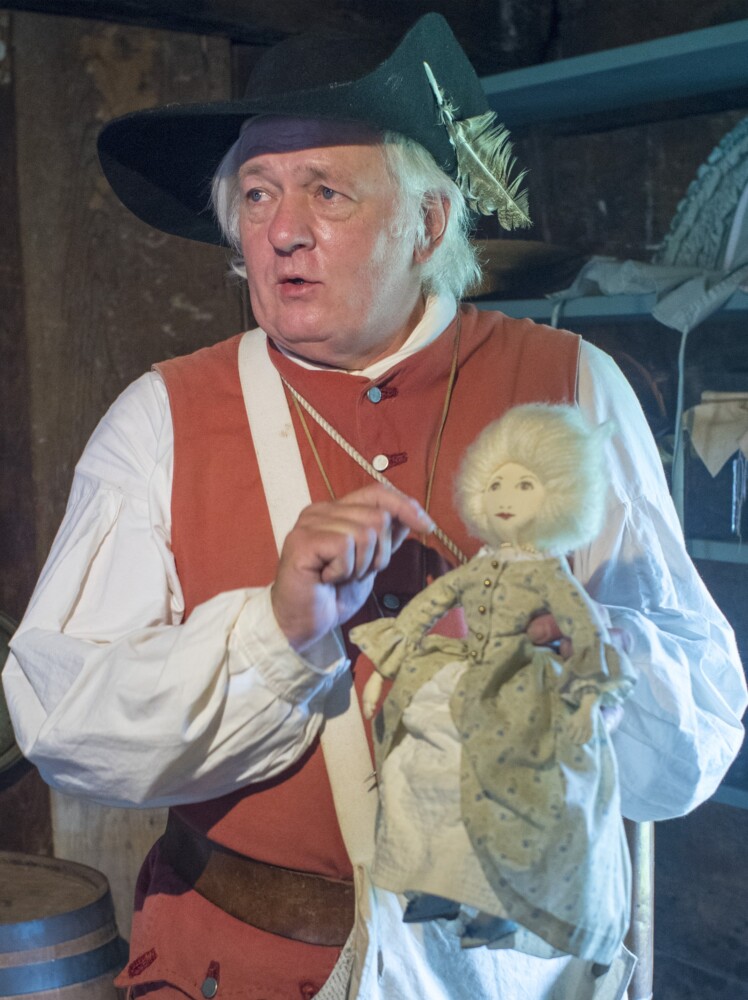
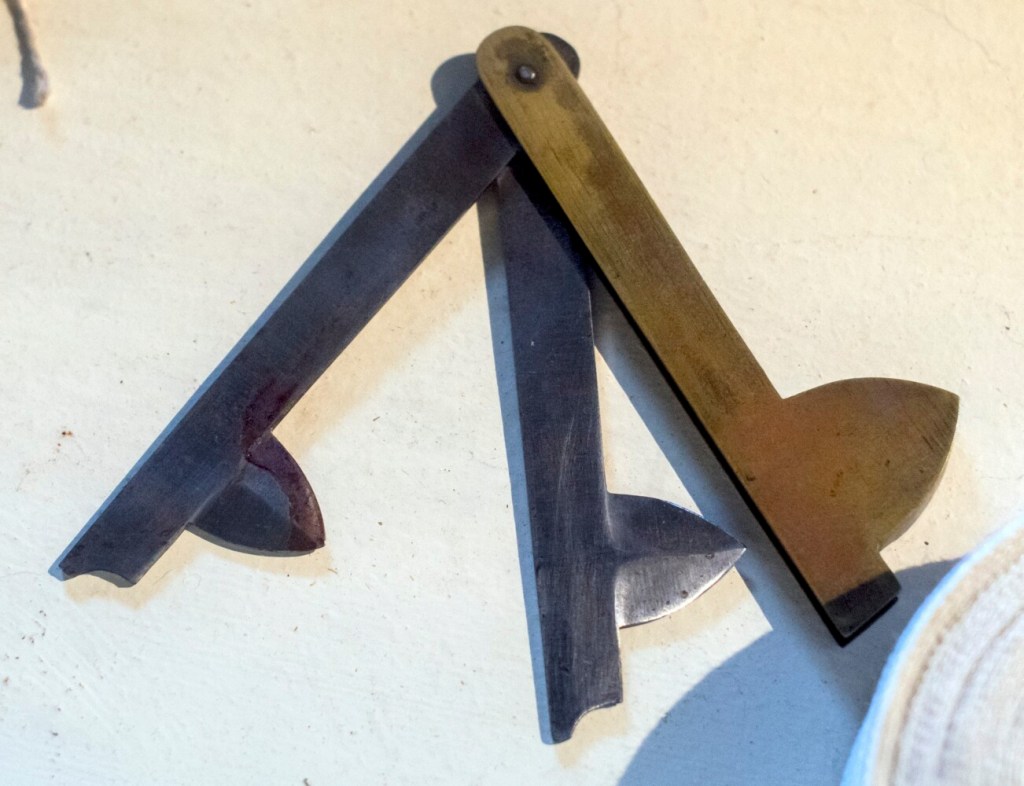
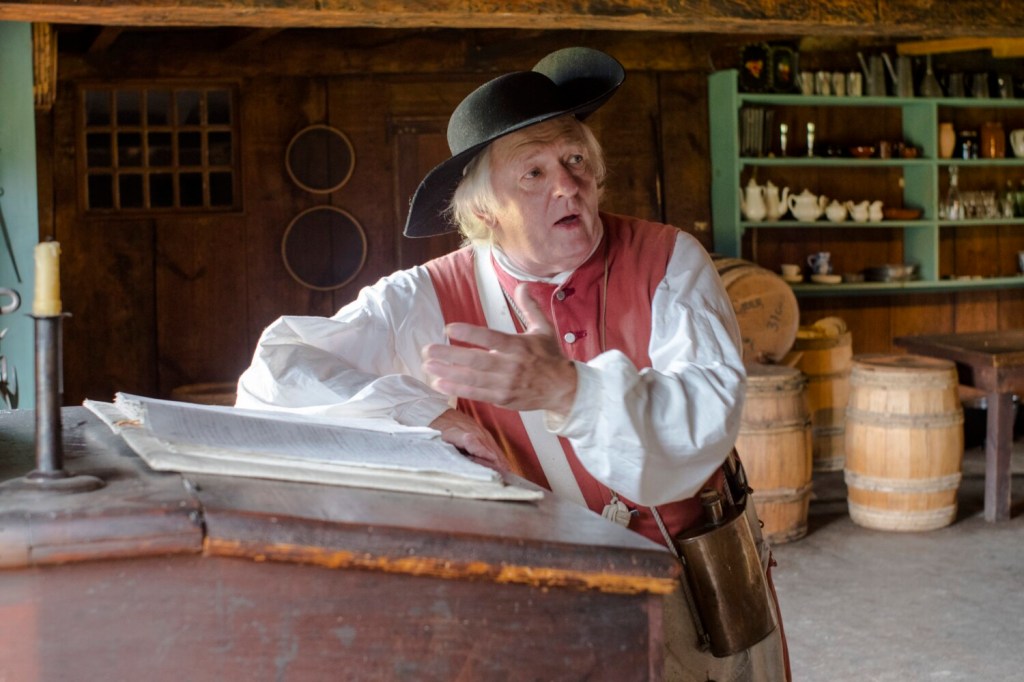

Success. Please wait for the page to reload. If the page does not reload within 5 seconds, please refresh the page.
Enter your email and password to access comments.
Hi, to comment on stories you must . This profile is in addition to your subscription and website login.
Already have a commenting profile? .
Invalid username/password.
Please check your email to confirm and complete your registration.
Only subscribers are eligible to post comments. Please subscribe or login first for digital access. Here’s why.
Use the form below to reset your password. When you've submitted your account email, we will send an email with a reset code.